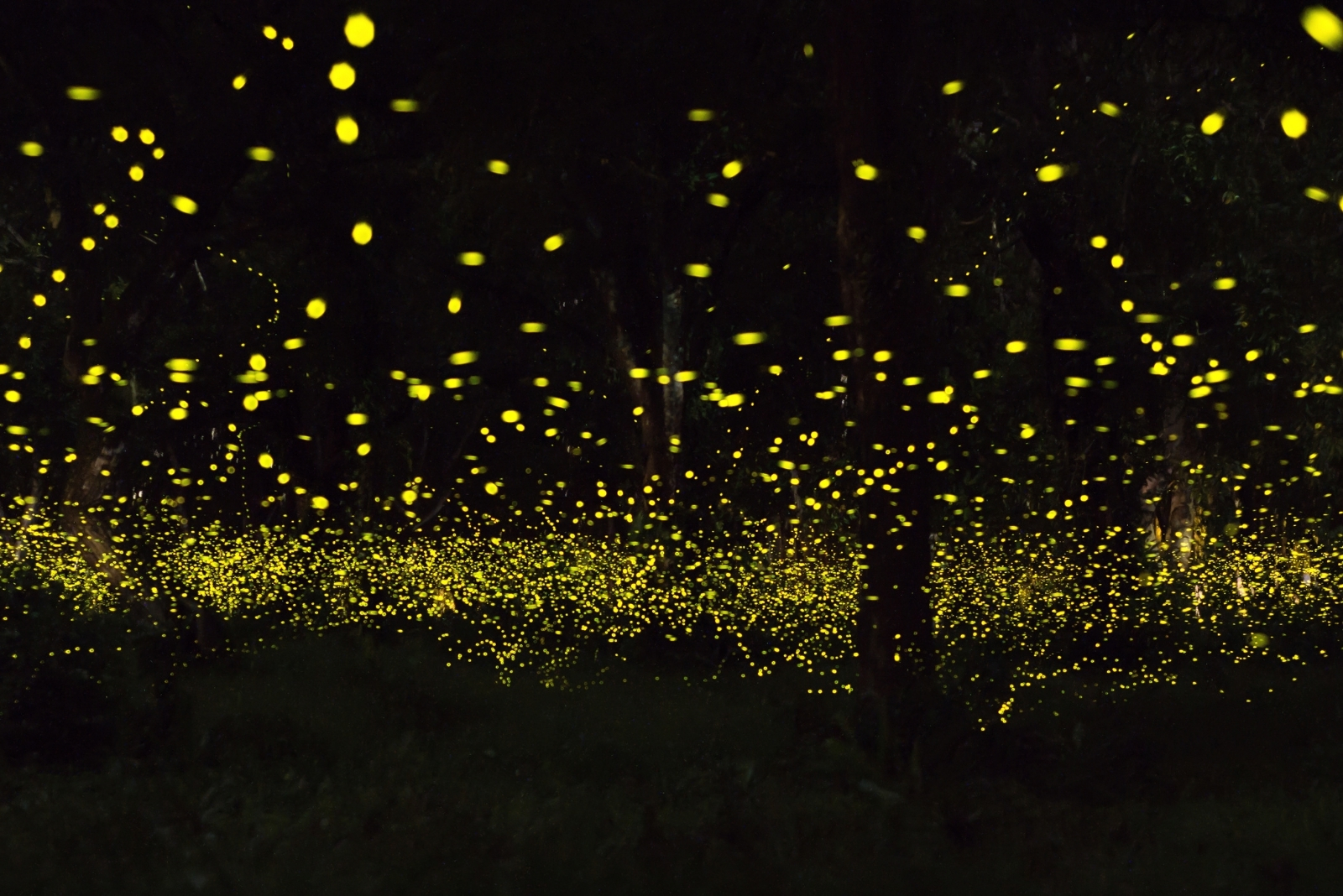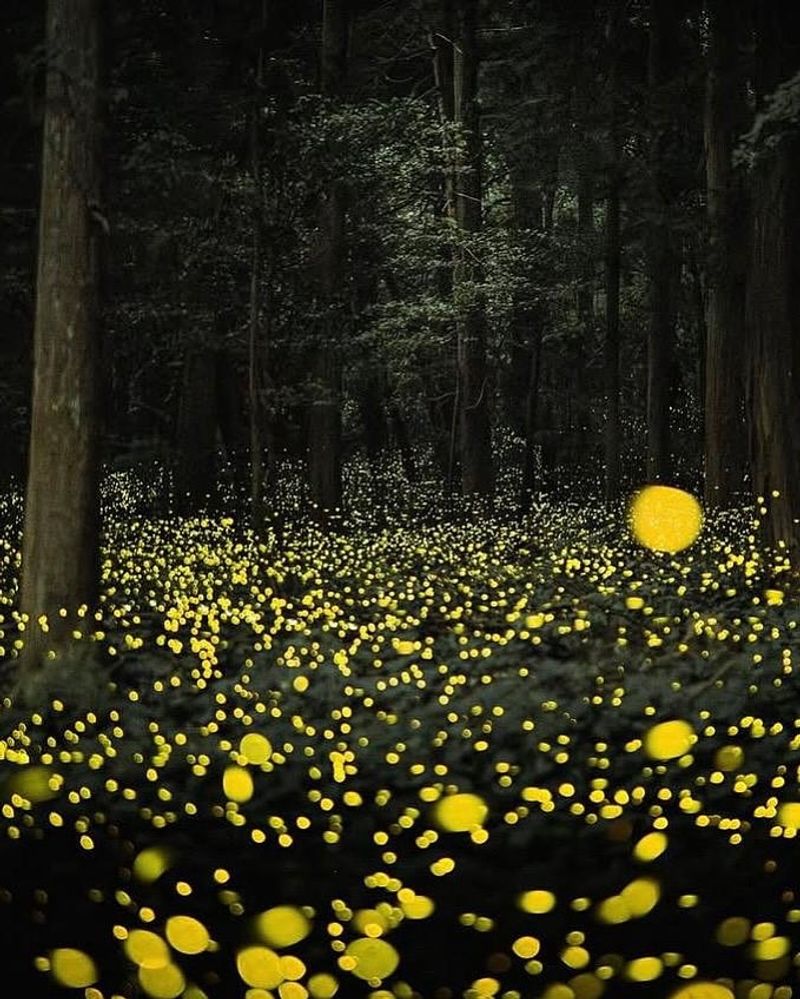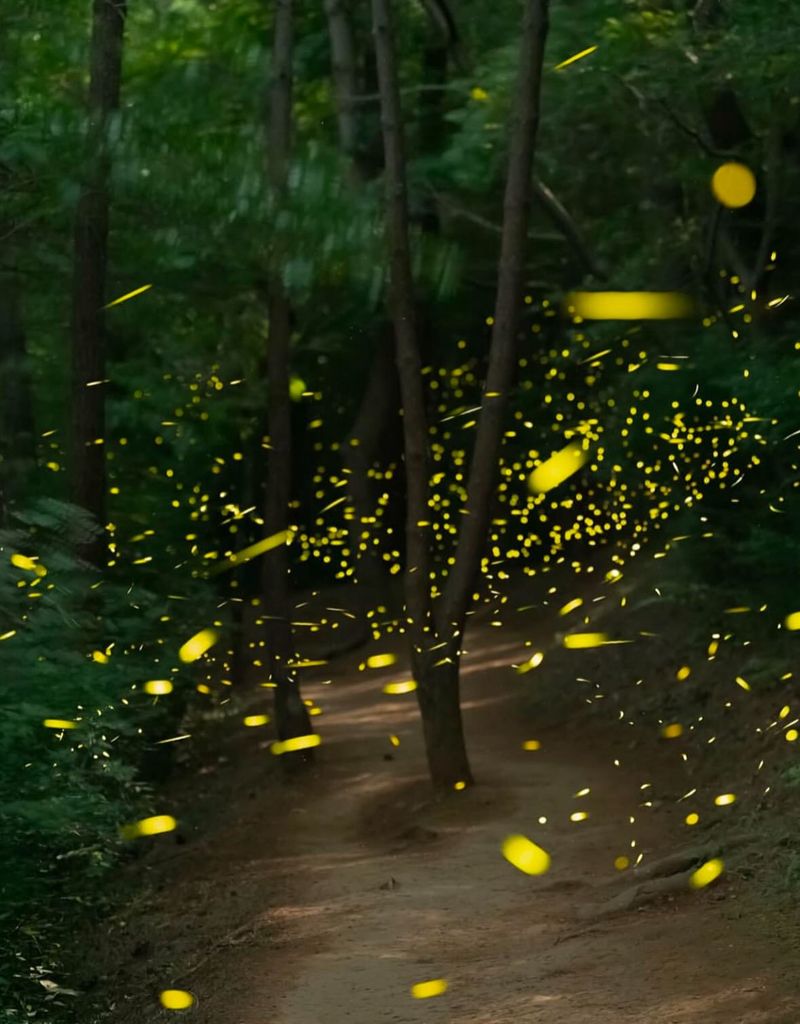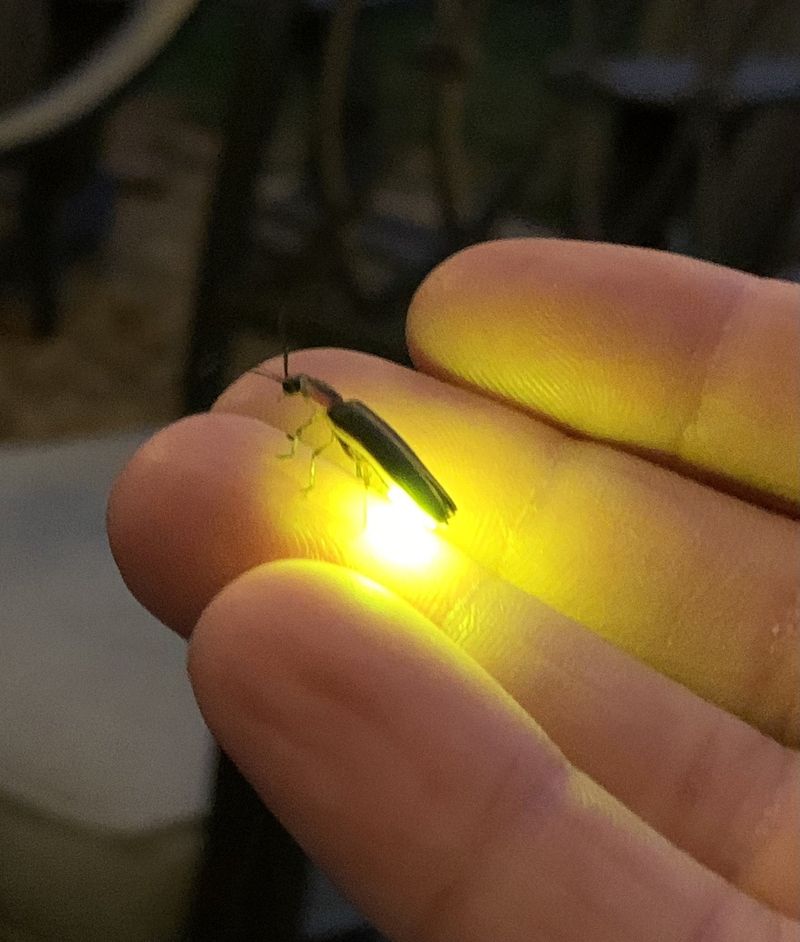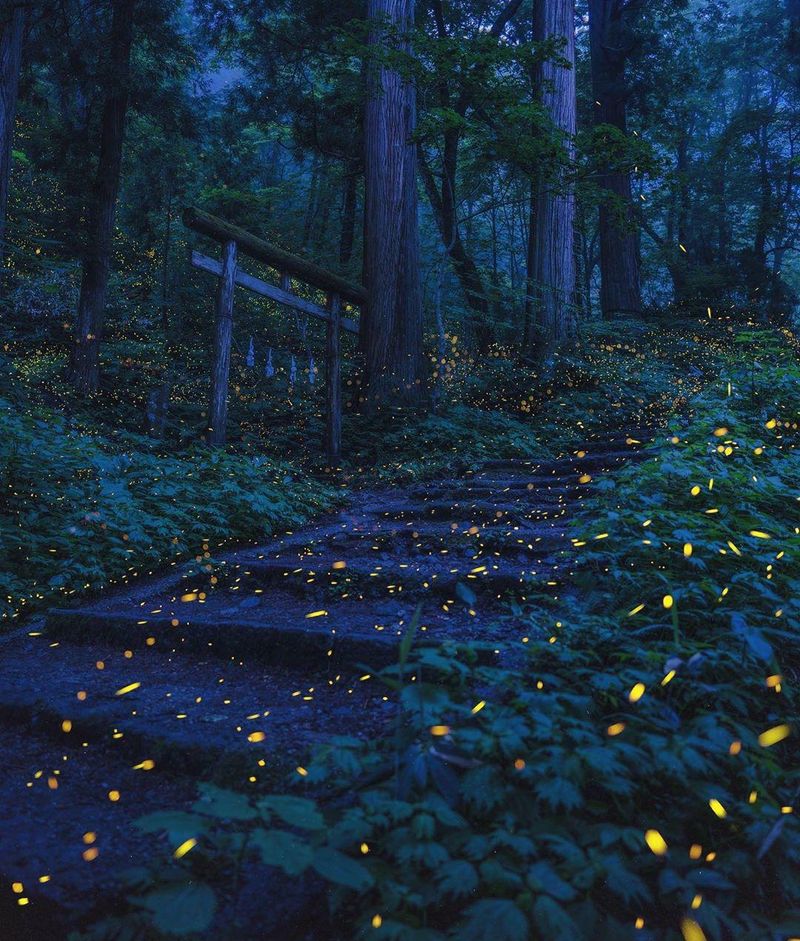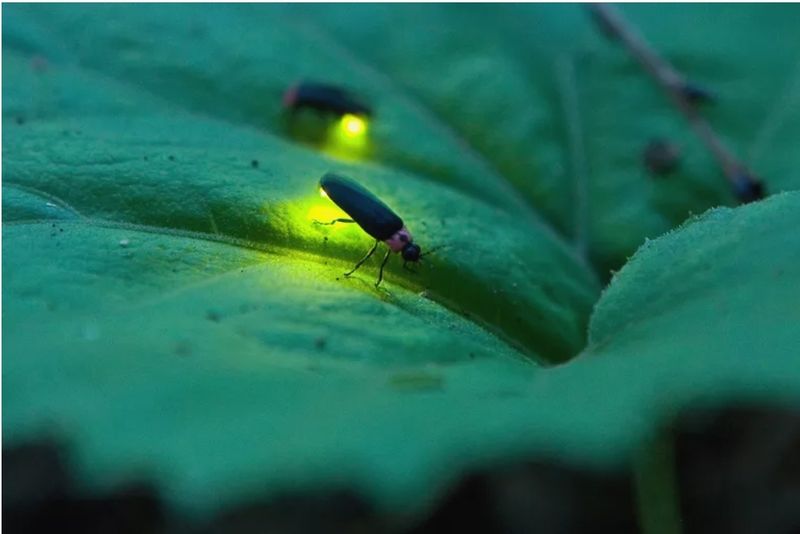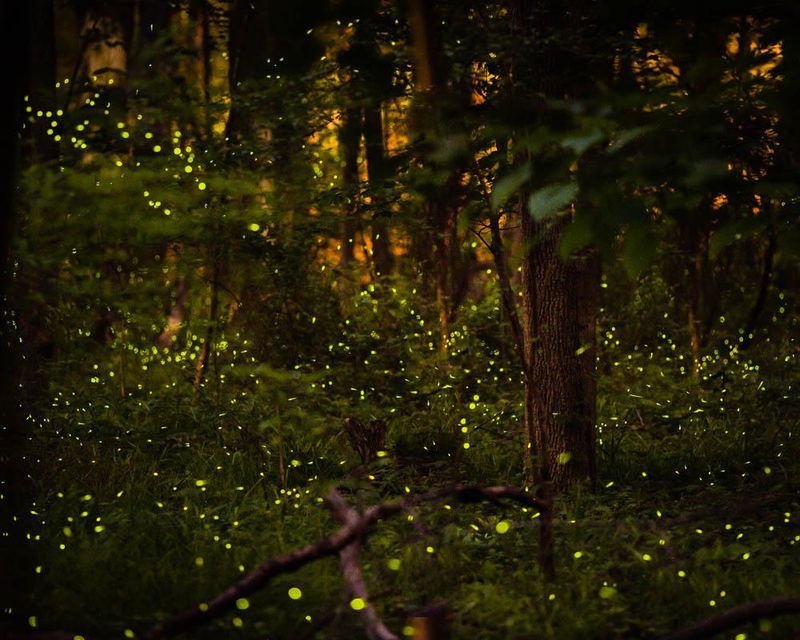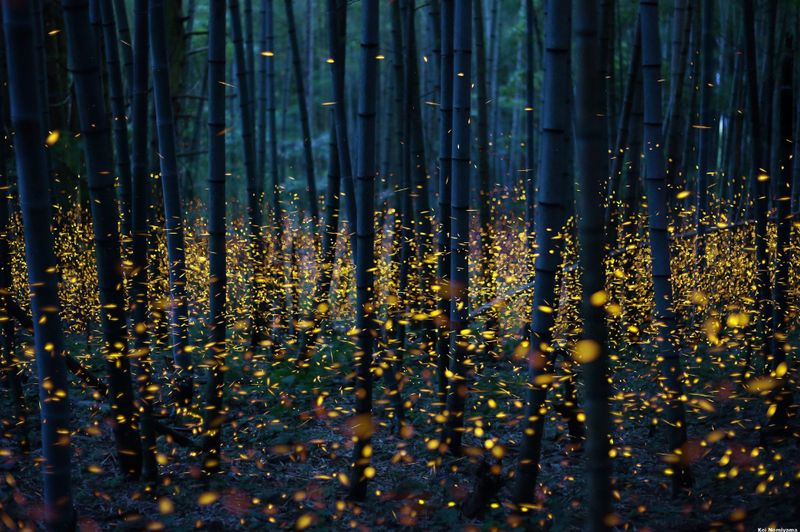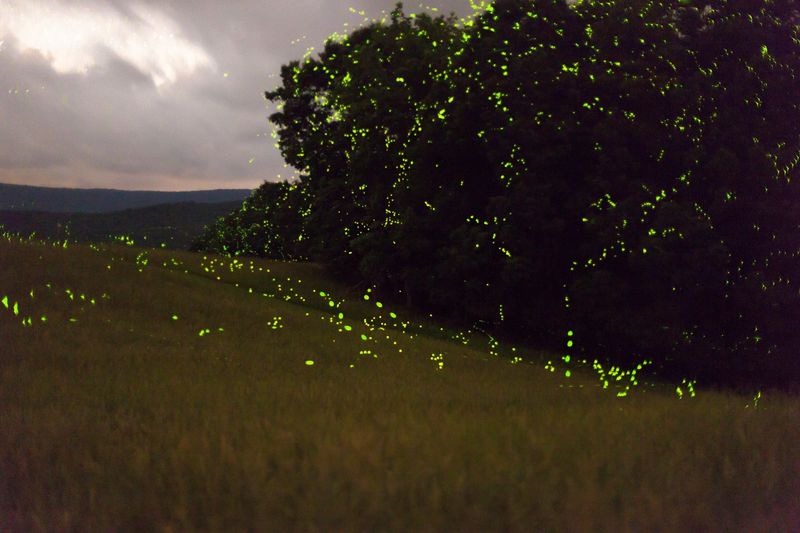Tennessee nights once glowed with dancing fireflies, but their sparkle is fading. I still remember summer evenings filled with flickering lights—it’s not quite the same anymore.
The reasons behind their decline are more complex than you’d think. Here are 8 that might surprise you.
1. Light Pollution
Artificial lights from cities and towns across Tennessee are drowning out the natural glow of fireflies. Male fireflies use their bioluminescent flashes to attract mates, but when streetlights, porch lights, and billboards flood the night, females can’t see their signals.
It’s like trying to spot a candle in a stadium full of spotlights. Many fireflies simply give up trying to find partners, which means fewer baby fireflies get born each season.
2. Habitat Loss
Construction projects and urban sprawl are eating up the forests and meadows where fireflies call home. Tennessee has seen rapid development over recent decades, turning wild spaces into shopping centers and neighborhoods.
Fireflies need moist environments with tall grass and leaf litter to complete their life cycle. When bulldozers flatten these areas, entire firefly populations lose their breeding grounds and can’t survive elsewhere.
3. Pesticide Use
Chemicals sprayed on lawns and gardens throughout Tennessee don’t just kill mosquitoes and weeds—they also poison firefly larvae living in the soil. Homeowners often don’t realize their pest control efforts are harming beneficial insects too.
Firefly babies spend up to two years underground before emerging as adults. During that time, they’re extremely vulnerable to lawn treatments and agricultural chemicals that seep into the ground.
4. Climate Change
Shifting weather patterns are throwing off the delicate timing fireflies depend on for survival. Tennessee has experienced more extreme temperatures and unpredictable rainfall, which disrupts firefly breeding cycles.
Fireflies emerge based on temperature and moisture cues that have remained consistent for thousands of years. When spring arrives too early or droughts last too long, fireflies can’t adapt quickly enough, and many die before reproducing.
5. Water Quality Decline
Some firefly species in Tennessee spend their larval stage in streams and wetlands, making them especially sensitive to water pollution. Runoff from farms, roads, and lawns carries fertilizers and chemicals into waterways.
Poor water quality means fewer snails and slugs, which firefly larvae eat to survive. Without clean water and abundant food sources, aquatic firefly populations crash rapidly and struggle to bounce back.
6. Lawn Mowing Practices
Perfectly trimmed lawns might look neat, but they’re terrible for fireflies across Tennessee. Frequent mowing destroys the leaf litter and tall grass where firefly larvae hunt for food and hide from predators.
When grass is cut too short, the soil dries out quickly and becomes inhospitable. Letting your lawn grow a bit wilder creates the damp, shaded environment fireflies desperately need to thrive and reproduce successfully.
7. Invasive Species
Non-native plants and animals are crowding out the native species fireflies rely on throughout Tennessee. Invasive fire ants, for example, prey on firefly eggs and larvae hidden in the soil.
Plants like kudzu and privet choke out native vegetation, changing the entire ecosystem. These invasive species alter moisture levels and food availability, making once-perfect firefly habitats completely unsuitable for their survival and reproduction.
8. Tourism and Recreation
Popular firefly viewing events across Tennessee might actually be harming the insects people come to admire. Large crowds trampling through habitats, flashlights disrupting mating signals, and people collecting fireflies all take a toll.
Even well-meaning visitors can stress firefly populations when too many people visit sensitive areas. Designated viewing areas with controlled access help, but unregulated tourism continues to disturb these fragile insects during their critical breeding season.

